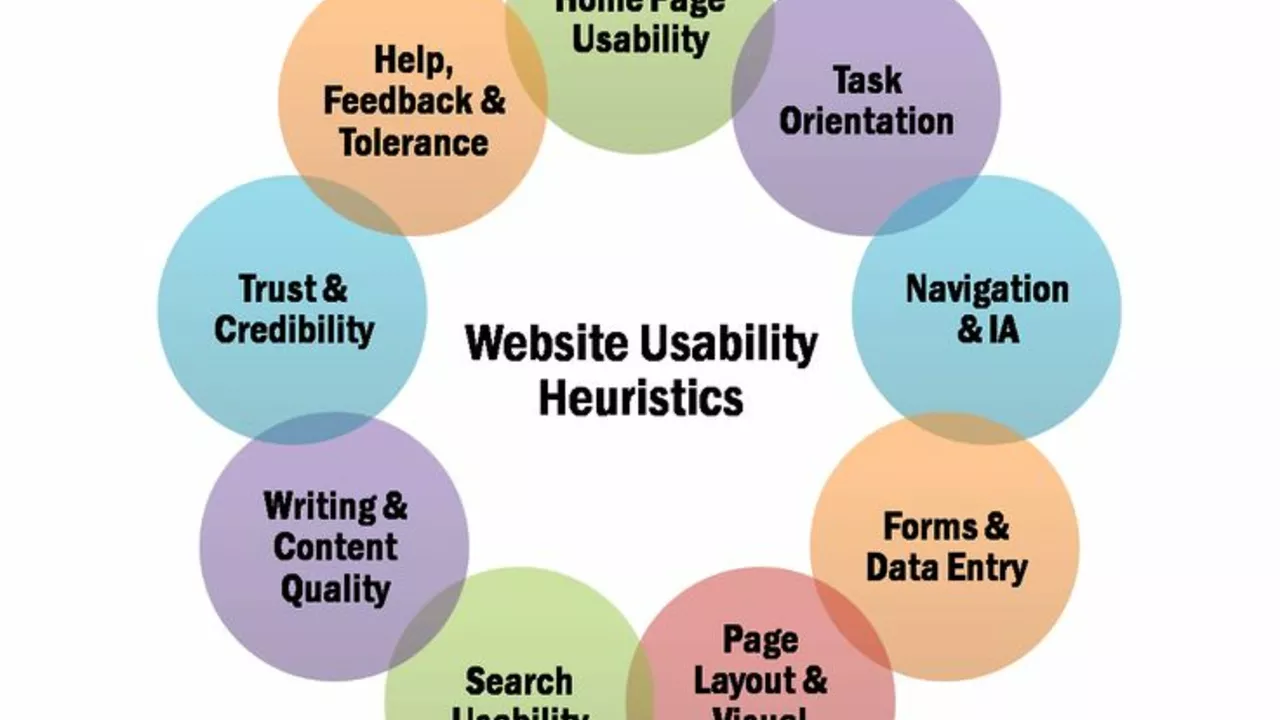News and Media Critique: How to Judge Outlets Like TOI
Ever wonder if a big paper is worth your trust? When you read a headline that grabs you, pause and ask two quick questions: what’s the source and what’s the evidence? That habit cuts through hype and keeps you from sharing claims that don't hold up.
Start with the byline and the date. A named reporter with a clear time stamp usually means accountability. If an article has no byline or an old date recycled as new, treat it with extra caution.
Look at sourcing. Good reporting links to documents, quotes specific people, or cites studies. If an article says "experts say" without naming them, that’s a red flag. Check whether primary sources — court papers, official statements, or recorded interviews — are available.
Compare headline and body. Sensational headlines are built to attract clicks. If the body doesn't support the headline's claim, the headline is doing the heavy lifting. That difference matters when you decide what to believe or share.
Fact checks and corrections
See if the outlet publishes corrections and how quickly they update mistakes. A visible corrections policy shows the publisher cares about accuracy. Also search for independent fact checks on major claims — fact‑checking groups often flag repeated errors or misleading framing.
Opinion versus reporting
Distinguish news from opinion. Opinion pieces can be sharp and useful, but they are not neutral reporting. Check labels and read the tone: are authors arguing or presenting evidence? Balance means seeing facts alongside clear viewpoints.
Watch images and captions. Photos can shape how you interpret a story. Reverse-image search is a simple tool if an image seems out of place. Captions should match the image and the event described in the text.
Consider the business side. Ads, sponsored content, and click-based revenue steer many editorial choices. If headlines consistently favor outrage, the revenue model might reward that style. That doesn’t automatically mean bad reporting, but it explains patterns.
Check for local context. National outlets sometimes miss local details that change a story. Local reporting often brings names, timelines, and background that matter. Use local sources to round out national pieces.
Finally, compare multiple outlets before forming a strong opinion. If different outlets report the same facts but use different tones, note the difference and decide which one shows more evidence. Use this quick checklist every time: byline and date, sourcing, headline accuracy, corrections, opinion labels, and image checks. That small routine turns scrolling into informed reading.
When a quote seems dramatic, look for the full quote or context. Short snippets can change meaning. For data stories, check charts and numbers: are axes labeled and is the sample size clear? Misleading graphs are common and worth a second look.
Follow an author or outlet over time. Track whether they correct mistakes, report follow-ups, or repeat errors. A history of careful updates is a good sign; frequent retractions are not. Ask yourself how a story fits with what you already know today.

Is TOI really that bad?
Well, folks, we're diving headfirst into the swirling vortex of debate today - is the Times of India (TOI) really as bad as a burnt piece of toast? Now, for some, it's the journalistic equivalent of a horror movie, all sensationalism and no substance. But, on the other side of this coin, you've got people who believe TOI is as comforting as a warm cup of chai on a rainy day, delivering news with a wide-reaching perspective. As with most things in life, the reality is probably somewhere in the middle - not quite the villain some paint it to be, but maybe not the hero either. So, let's continue to consume our news with a sprinkle of salt, a dash of skepticism and a generous helping of open-mindedness!
Categories
- Social Issues in India (3)
- Sports (3)
- Business & Markets (2)
- Weather & Climate (2)
- History and Politics (1)
- Quick and Easy Indian Breakfast Recipes (1)
- Food and Culture (1)
- Road Safety & Transportation (1)
- Cultural Experiences/Travel & Living Abroad (1)
- Technology Reviews (1)
Popular Articles


